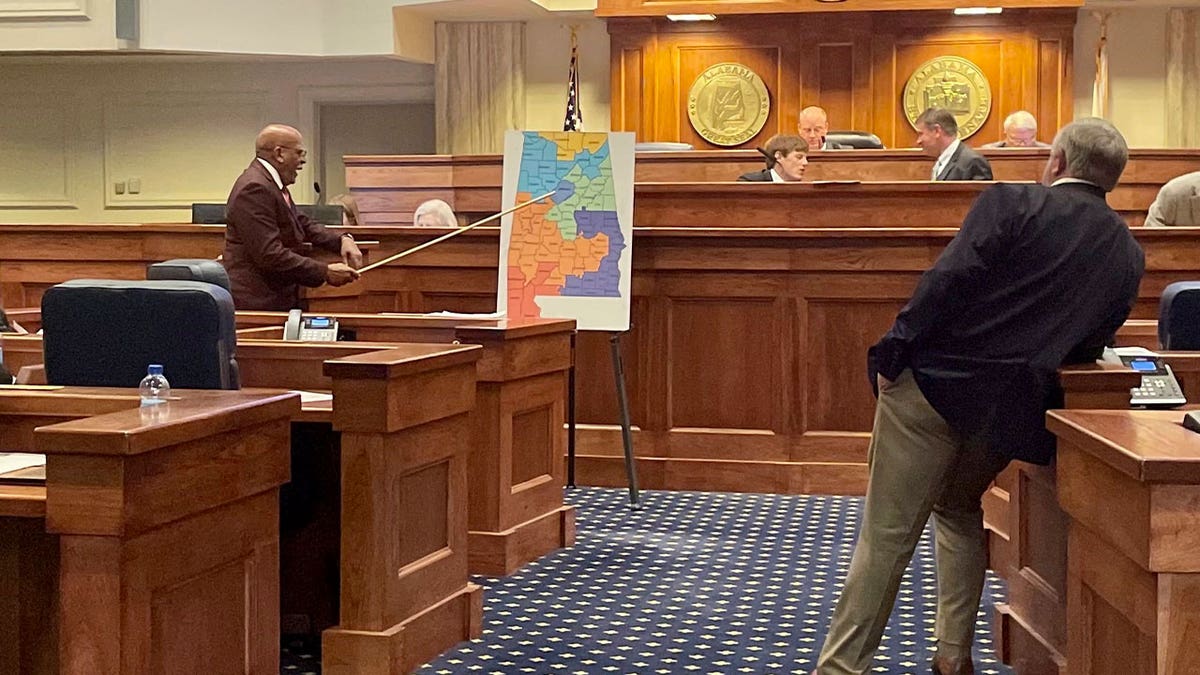Alabama Republicans have put forward new congressional district proposals that aim to increase Black voting power, but stop short of creating a second majority-Black district as directed by the Supreme Court. These proposals come after a court ruling deemed the state's current districts likely in violation of the Voting Rights Act, mandating a redraw by Friday.
While both the House and Senate versions increase the Black voter percentage in the 2nd congressional district – from approximately 30% to either 38% (Senate) or 42% (House) – they haven't established a second majority-Black district as sought by the plaintiffs in the Supreme Court case. Republicans argue these changes provide Black voters with more influence in elections, fulfilling the court's directive. However, Democrats contend that the proposals fail to meet the court's order for a second majority-Black district or "something quite close to it."
Black lawmakers have strongly criticized the proposals, calling them an affront to both Black Alabamians and the Supreme Court. They argue that these plans echo the state's history of disenfranchisement. Representative Barbara Drummond, a Democrat from Mobile, expressed this sentiment during floor debate. Other Democrats, like Representatives Prince Chestnut and Chris England, voiced similar concerns, highlighting the ongoing struggle for voting rights and the potential for further court intervention.
The core issue revolves around the interpretation of "opportunity" for Black voters. Republicans maintain that the revised district would become a swing district, potentially winnable by either party. House Speaker Pro Tempore Chris Pringle stated that the proposed lines provide the opportunity for minorities to elect their preferred candidate, fulfilling the court's requirement. However, Black lawmakers argue that historical data suggests Black candidates rarely win in Alabama outside of majority-Black districts. Senate Minority Leader Bobby Singleton pointed out that even under the Senate's proposal, former President Trump would have likely carried the district in 2020.
The different interpretations of the court's directive have led to distinct maps from the House and Senate. Senator Steve Livingston acknowledged the differing views on what constitutes "opportunity" and stated that the two chambers will work towards a compromise. However, with Republicans holding a significant majority in the legislature, they ultimately control the outcome. The fight is expected to return to the courts once a new map is approved, with Republicans betting on the court accepting their proposal or the state succeeding in a second round of appeals. The three-judge panel could also intervene and draw its own map if deemed necessary.

Alabama state Sen. Rodger Smitherman discusses a redistricting proposal during a debate in Alabama on July 19, 2023. (AP Photo/Kim Chandler)
Comments(0)
Top Comments